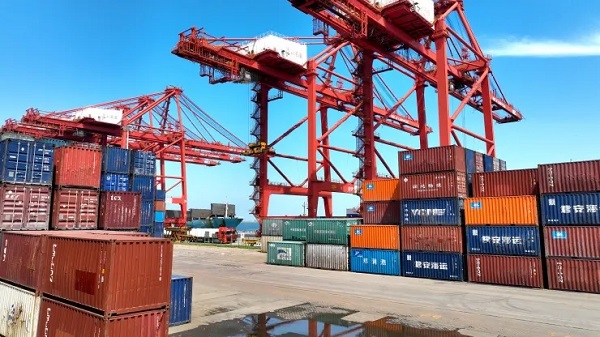
Chinese exporters are having a difficult time. Softer foreign markets are forcing them to shed workers. They are switching to lower-value goods and even renting out their factories. Customers are placing fewer orders and are reluctant to buy expensive products.
Compared to 2020 and 2021, this year is more difficult for exporters. Sales could decline by 20 per cent in the third quarter compared to last year.These alerts echo in workshops in China’s eastern and southern manufacturing centers, in industries ranging from machinery parts and textiles to high-tech household appliances, where businesses shrink while export orders dry up. Export growth has been well below expectations and slowed for the first time in four months.
Export slowdown
It is very likely that Chinese exports will slow down or even contract further in the coming months as leading economic indicators point to a global slowdown in growth and even a recession. To support the sector, export tax rebates were extended, and the country plans to help exporters and importers secure orders, expand markets and improve the efficiency of port operations and logistics.Exports are key to China more than ever, and all the other pillars of its economy are on shaky ground.
The way out
China has moved over the years to reduce its economy’s dependence on exports to increase growth and reduce exposure to global factors beyond its control, while some cheap production is shifting to other countries such as Vietnam as China grows richer and its costs are rising. In the five years before the pandemic, from 2014 to 2019, the share of exports in China’s GDP decreased to 18 per cent from 23 per cent. But that share soared with the advent of Covid, reaching 20 per cent last year, in part because stuck in-home consumers around the world have acquired Chinese electronics and household goods. It also helped boost China’s overall economic growth.
This year, however, the pandemic has returned to bite China. Its strict efforts to contain the country’s Covid outbreaks led to blockages that disrupted supply chains and shipping. But far more ominous for exporters is the slowdown in foreign demand, as the effects of the pandemic and the conflict in Ukraine are fueling inflation and monetary tightening that hold back global growth. The economy has been burdened by a year-long decline in the real estate market and disruptions from the zero-Covid policy. Companies have had no export orders for months. Some exporters are adapting their business in response to the crisis by producing cheaper goods, but this will also affect revenues.












